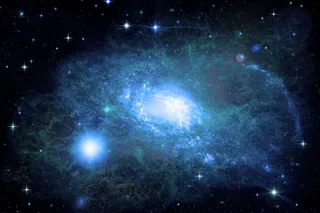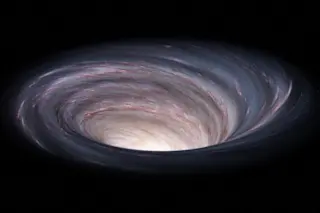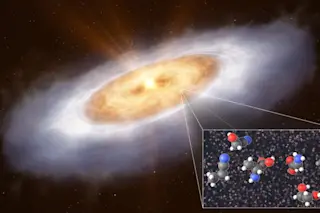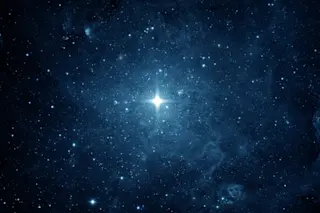A study by Yale astronomer Pieter van Dokkum just took the estimated number of stars in the universe—100,000,000,000,000,000,000,000, or 100 sextillion—and tripled it. And you thought nothing good ever happens on Wednesdays. Van Dokkum's study in the journal Nature focuses on red dwarfs, a class of small, cool stars. They're so small and cool, in fact, that up to now astronomers haven't been able to spot them in galaxies outside our own. That's a serious holdup when you're trying to account for all the stars there are.
As a consequence, when estimating how much of a galaxy's mass stars account for – important to understanding a galaxy's life history – astronomers basically had to assume that the relative abundance of red-dwarf stars found in the Milky Way held true throughout the universe for every galaxy type and at every epoch of the universe's evolution, Dr. van Dokkum says. "We always ...













